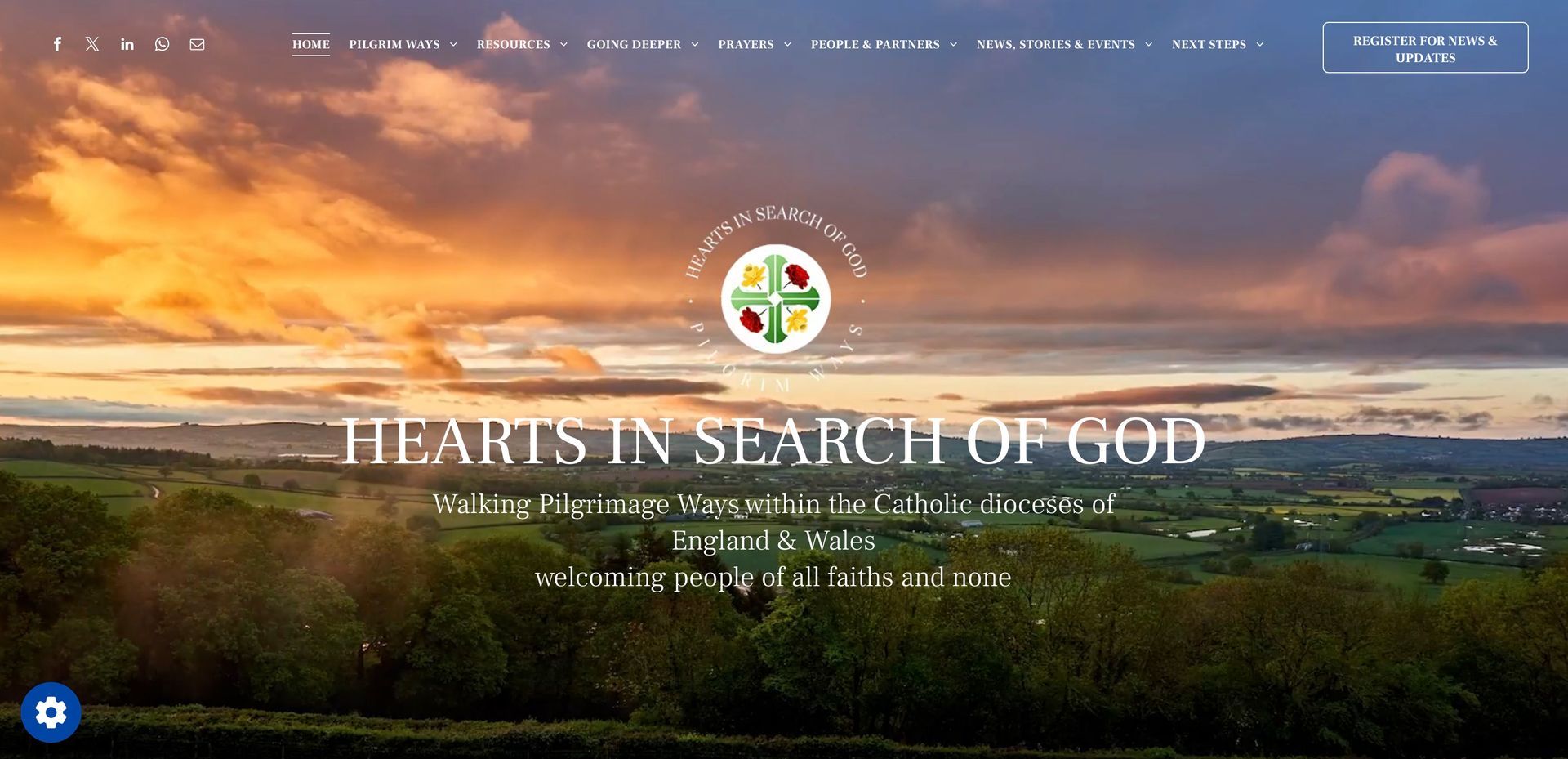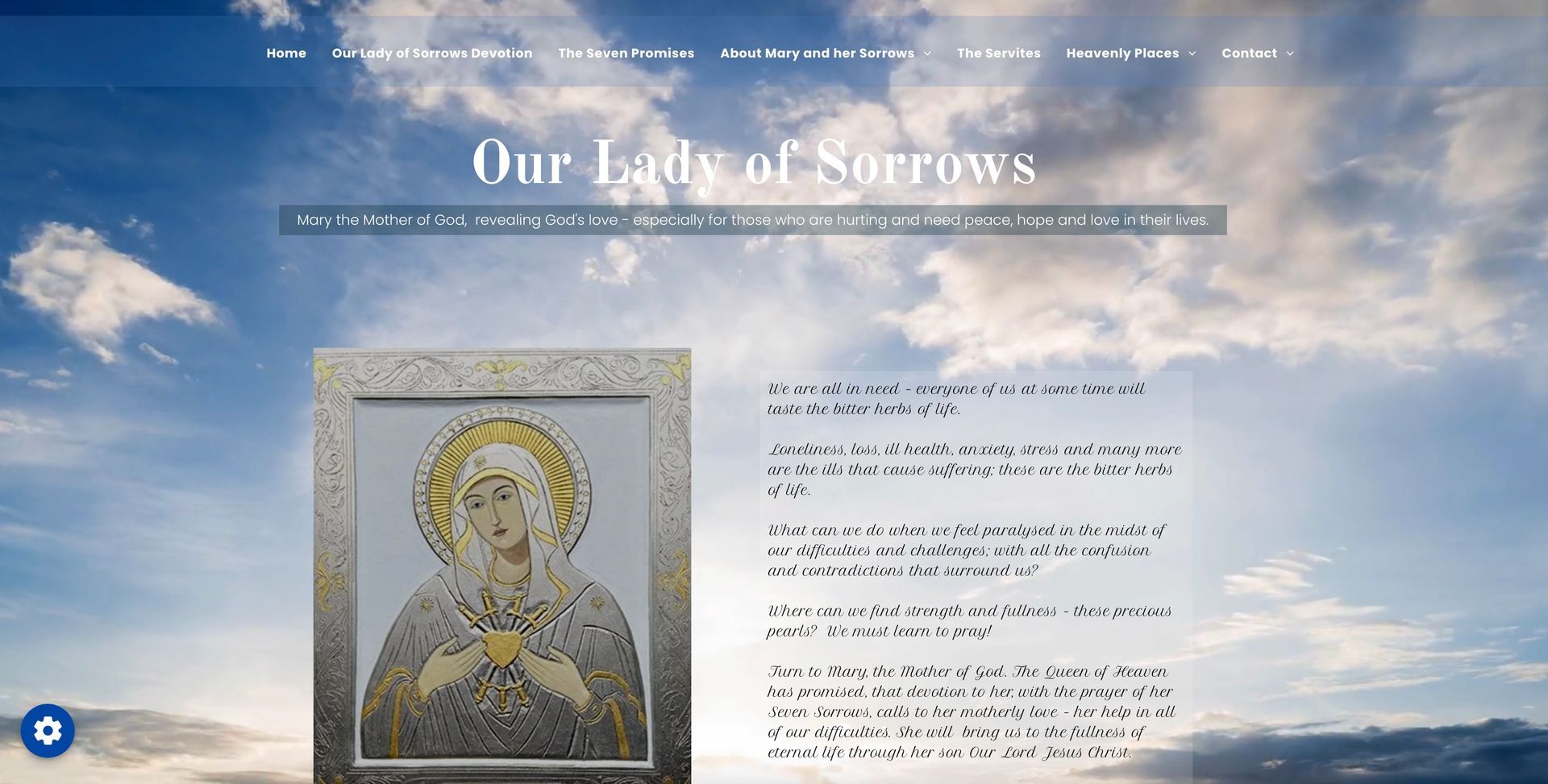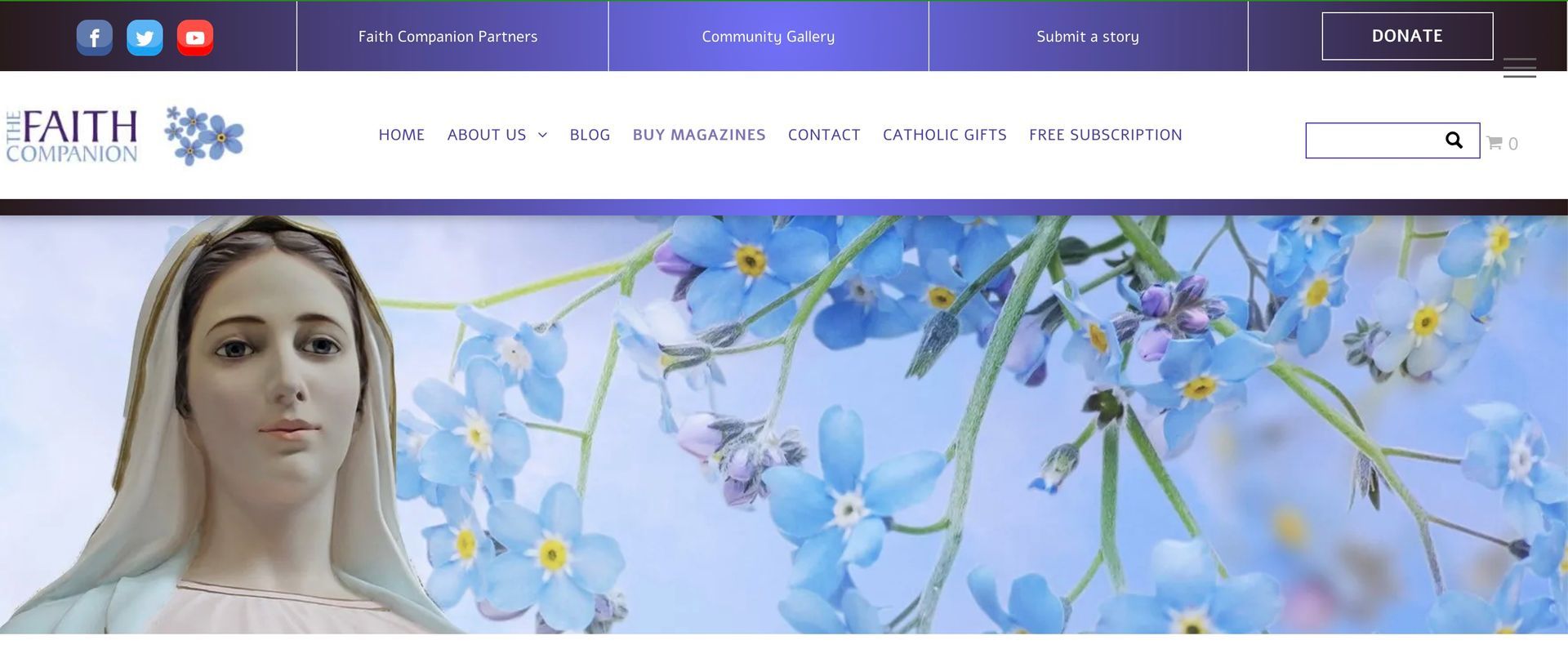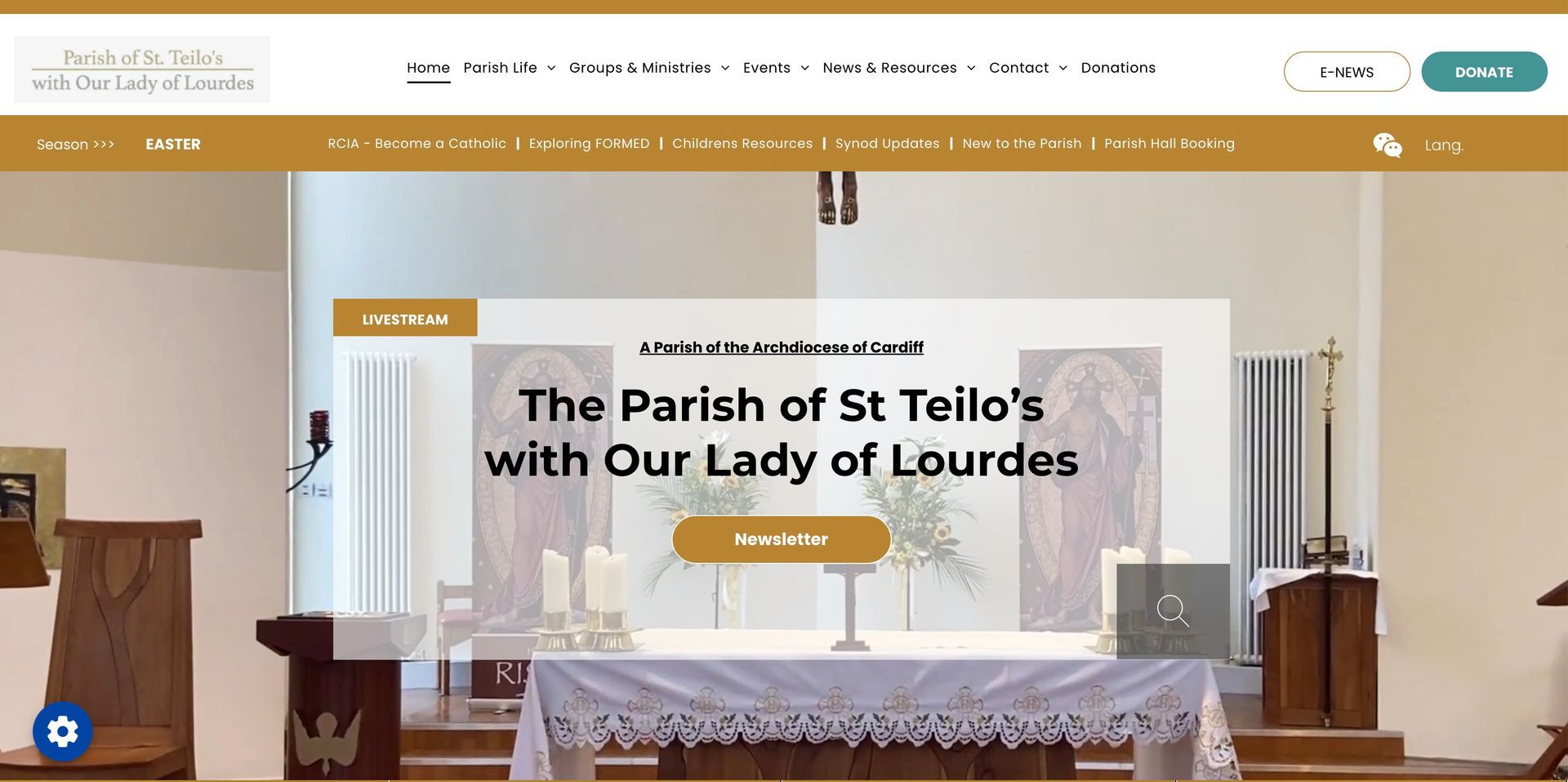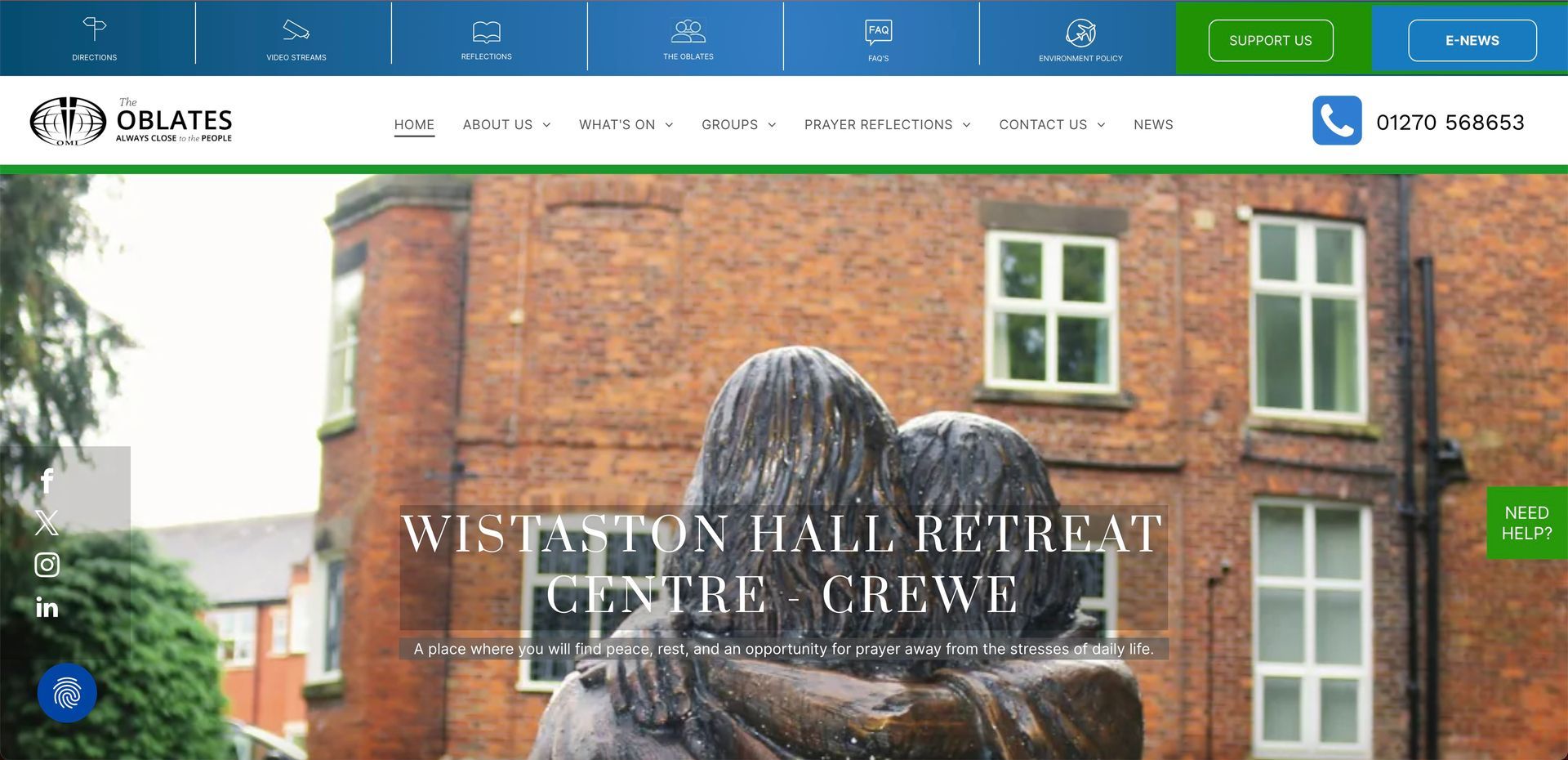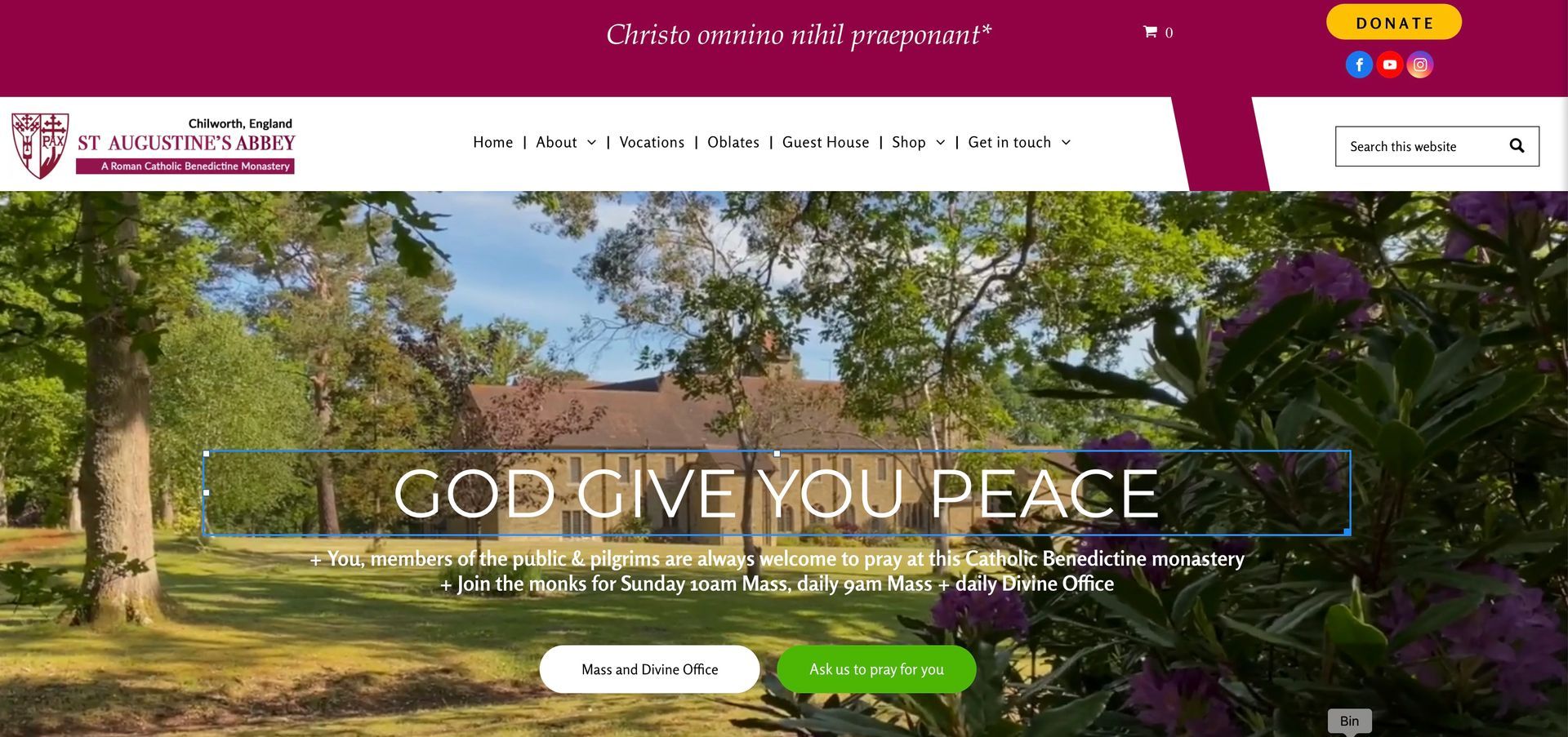Catholic Mass
Catholic Mass in the UK. its origins, purpose and content
The Catholic Mass originated from the earliest Christian gatherings, these commemorated the death and resurrection of Our Lord Jesus through sharing bread and wine, as described in the New Testament accounts of the Last Supper and early Church practices after Pentecost. Initially, Christians met in private homes, combining scriptural readings, prayers, hymns, and communal meals.
The Holy Catholic Mass is the foundation and centre of Catholic worship, continually shaped by scripture, tradition, and authorised reforms. Its development reflects both continuity with the early Church and adaptations to theological, cultural, and pastoral needs over time.
Our Catholic Community Mass Services and locations
Find a local Mass in your community / parish area. Our services include directing the Catholic Lay to key Mass locations, and access to online regional Mass viewings, including the Dial a Mass telephone service. Our mission is to guide the lay of the church into the amazing sacraments found within the Holy Mass.
Our Catholic Mass recommended locations can be found within the directories for the following regions:
Mass in Arundel, Brighton, Birmingham, Brentwood, Bristol, Bath, Cornwall, Cardiff, Coventry, Cheltenham, Clifton, Exeter, Gloucester, Hallam, Hexam, Manchester, Newcastle, Lancaster, Leeds, Liverpool, London, Nottingham, Middlesbrough, Northampton, Plymouth, Portsmouth, Somerset, Swansea, Salford, Southwark, Shrewsbury, Wrexham, Westminster.
Holy Mass Beginnings
The Catholic Mass originated from the earliest Christian gatherings, these commemorated the death and resurrection of Our Lord Jesus through sharing bread and wine, as described in the New Testament accounts of the Last Supper and early Church practices after Pentecost. Initially, Christians met in private homes, combining scriptural readings, prayers, hymns, and communal meals.
Holy Mass Content and Structure
By the second century the essential structure of the Catholic Mass featured readings from scripture, prayers of thanksgiving, the breaking of bread, and Holy Communion. By the fourth century, following Christianity’s acceptance under the Roman Emperor Constantine, the Mass moved into larger public basilicas. Over the centuries, its structure was based upon two main parts:
- The Liturgy of the Word: includes readings from the Old and New Testaments, a homily (sermon), the Creed, and the prayers of the faithful.
- The Liturgy of the Eucharist: presenting bread and wine, the Eucharistic Prayer (consecration), the Our Father, sign of peace, reception of Holy Communion, and concluding prayers.
Key Connections with Scripture
The Mass is based upon scriptural foundations. The readings are read from the Bible, and the prayers reference Gospel accounts of the Last Supper (e.g., the words of institution: “This is my body... this is my blood”). The "Lamb of God" (Agnus Dei), "Holy, Holy, Holy" (Sanctus), and the Lord’s Prayer (Our Father) are all scripturally rooted.
Significant periods of change in the Mass:
- Use of Latin: From the 4th century, Latin replaced Greek as the principal language in the West, with the inclusion of the Gloria, Sanctus, and Agnus Dei as standard prayers.
- Medieval Developments: Charlemagne’s reforms in the 8th-9th centuries standardised the Roman Catholic Rite throughout his empire, shaping its core structure. Altars moved away from the centre, and Mass became increasingly clerical, with less lay participation.
- The Council of Trent (1545–1563): Responded to the Protestant Reformation by defining doctrine (especially transubstantiation—the real presence of Christ in the Eucharist) and creating the Tridentine Mass, whose structure remained largely unchanged for nearly 400 years. Pope Pius V made the Roman Missal mandatory (with few exceptions).
- Second Vatican Council (1962–1965): Authorised a major revision of the Mass. Pope Paul VI implemented vernacular languages, restored the centrality of Scripture, and encouraged greater participation by the congregation. The Roman Missal of 1969 remains the standard form today.
